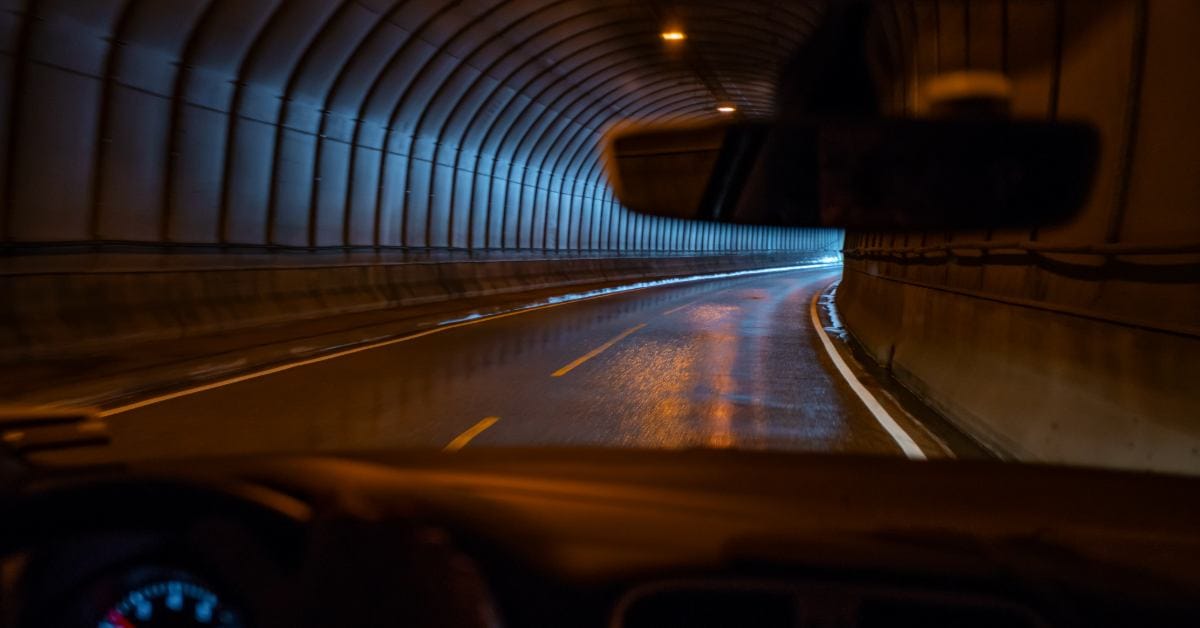The Faroe Islands are weighing plans for a 23‑kilometer underwater tunnel that would link their southernmost island to the rest of the archipelago. The project could reshape transportation but carries heavy financial concerns.
A Bold Plan Beneath the North Atlantic
Only two years after completing their last undersea tunnel, the Faroe Islands may soon embark on the largest infrastructure project in their history. Lawmakers are reviewing a proposal for a tunnel connecting Suðuroy to the main islands, reducing travel time from the current two‑hour ferry ride to roughly half.
Suðuroy, home to around 4,500 people, is the southernmost of the country’s main islands and one of the few still reachable only by ferry from the capital, Tórshavn. The tunnel would run approximately 23 kilometers under the seabed, making it one of the longest underwater road tunnels in the world.
At present, four undersea tunnels already connect the major parts of the island chain. The proposed Suðuroy tunnel would be the fifth and by far the most ambitious, with an estimated cost of about 5 billion Danish kroner.
Connecting the Islands — and People
For decades, the Faroese government has worked to bring the nation’s 18 islands closer together through permanent infrastructure. The new tunnel would complete that vision, linking nearly all inhabited areas by road.
Supporters argue that the connection could address Suðuroy’s shrinking population, higher unemployment, and lower incomes compared to the rest of the country. For them, the project is not only about transportation but also about securing the island’s long‑term viability.
The government often points to the success of the Sandoy tunnel, which reversed a similar demographic decline on that island when it opened. With improved access to the capital region, Sandoy has since seen new growth and investment.
Economic Alarm Bells
Despite optimism from project backers, several Faroese institutions warn that such a large investment could strain the national budget. Both the Central Bank and the Economic Council have urged caution, arguing that the Faroe Islands cannot currently afford the project.
Economic experts estimate that a tunnel financed through loans would place a long‑term burden on public finances. They highlight that while current economic conditions are stable, welfare expenses are rising, and the workforce is stagnating. Before committing to a multibillion‑kroner project, they say, the government must resolve deeper fiscal issues.
Even so, lawmakers have agreed to move forward with the design phase. A final decision will come after the next parliamentary election, expected within a year.
The Tunnel Versus the Ferry
Right now, the ferry route between Tórshavn and Suðuroy costs up to 90 million kroner each year to operate. A new vessel would require an investment near 1 billion kroner and would last about 25 years. Project planners claim that closing the ferry and replacing it with the tunnel could offset a large part of the tunnel’s financing costs over three decades.
However, traffic projections suggest the tunnel alone will never pay for itself through tolls. Its purpose would instead be social and strategic. A shorter ferry route between Suðuroy and Sandoy could be cheaper, but the government views that as a partial fix with fewer long‑term advantages.
The Faroe Islands have a long tradition of bold engineering, dating back to their first road tunnels in the 1960s. Since the early 2000s, several major links have opened, making it possible to drive between most of the country’s largest islands. The new project would finish that puzzle — though at a price that some say risks overwhelming a small economy.
Interestingly, these debates echo other large infrastructure efforts in the North Atlantic region, such as new direct flights from the U.S. to Greenland, which show growing ambitions across this remote part of the world. Such projects also raise questions about how territories like the Danish realm manage their far‑flung regions and how to balance local development with financial responsibility.
Deep Connections and Regional Implications
The tunnel would not only link communities but would also highlight the Faroe Islands’ place within the broader Arctic neighborhood that includes Iceland and Greenland. Discussions about the structure often appear alongside debates on where places like Greenland fit geographically and politically, leading some to revisit topics such as Greenland’s continental identity.
For the Faroese, though, the decision comes down to one question: whether the economic and social rewards of tying together the islands justify decades of debt. Whatever the outcome, the Suðuroy tunnel proposal marks a defining moment for one of Europe’s smallest, most ambitious nations.
Sources and References
DR.dk: Færøerne barsler med endnu et megaprojket under havet
The Danish Dream: Direct flights from the U.S. to Greenland launched
The Danish Dream: Does Denmark own Greenland – the largest island in the world?
The Danish Dream: What continent is Greenland in – the ultimate guide to the dual‑continent debate







